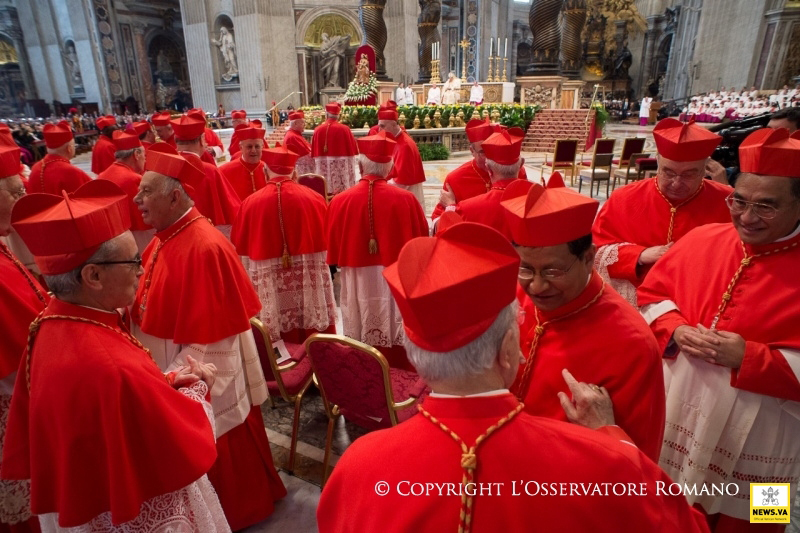On 19 November the Cardinals of the Roman Catholic Church will gather in the Vatican. This Consistory (from the Latin “con sistore” – to stand together) is traditionally the opportunity for the Pope to gather the views and concerns of the Cardinals from all corners of the world. It will also be the occasion to elevate those new Cardinals chosen by Pope Francis.
The College of Cardinals elects the new Pope. All Cardinals under the age of 80 are Electors, once they pass that venerable milestone they lose their vote (if they have their birthday during a conclave to elect a new Pontiff, they are permitted to remain. They will not be unceremonially ejected from the meeting).
Under the current Holy See Constitution, certain heads of dicastery (the rough equivalent of Ministers) must be cardinals. So Bishop Kevin Farrell, the Prefect of the newly established Dicastery for Laity, Family and Life gets his red hat. But he is the only Curial appointment. At one time, certain Archbishops would be automatically elevated because of the importance of the diocese in which they sat. But under Pope Francis that has changed. He has looked further afield – very much to the peripheries – for his candidates. Among the new group of Cardinals are five from countries which have never before had a Cardinal (Central African Republic, Bangladesh and Papua New Guinea – electors – and Malaysia and Lesotho – emeritus). He has also looked for people who have a strong pastoral experience, or who are facing particular natural or man-made disasters – in previous years he has named Cardinals from those areas damaged by hurricanes or typhoons, and this year he will elevate the Papal Nuncio to Damascus. Meanwhile some of the incumbents in what were traditionally regarded “cardinalate” sees remain without their red hat.
And there is also a long-term impact. Although theoretically any Christian man in good standing could be appointed the next Pope, it is almost inevitable that the next heir to St Peter will come out of the College of Cardinals. There is a limit of 120 Cardinal Electors at any one time. With the current crop of 13, Pope Francis will have appointed 44 of them. At this rate, in another two years it is likely that he will have elevated over half those who will elect his successor. Thus the odds of the next Pope being of a similar view to Pope Francis are increased.

